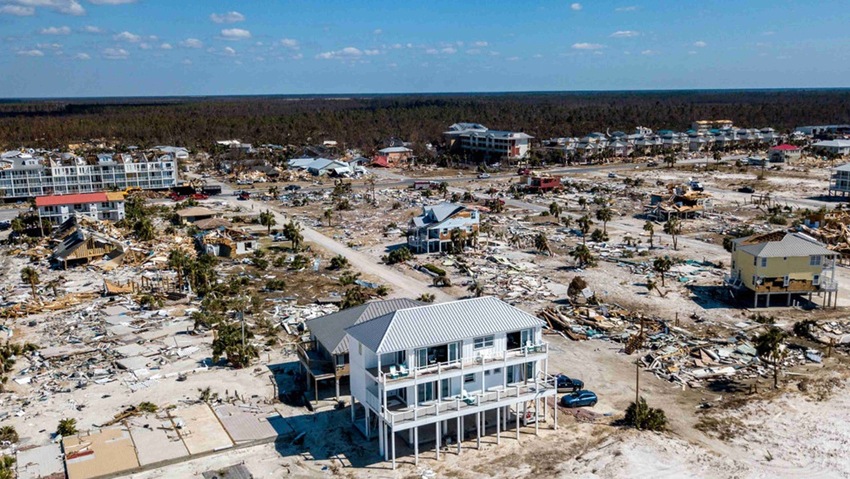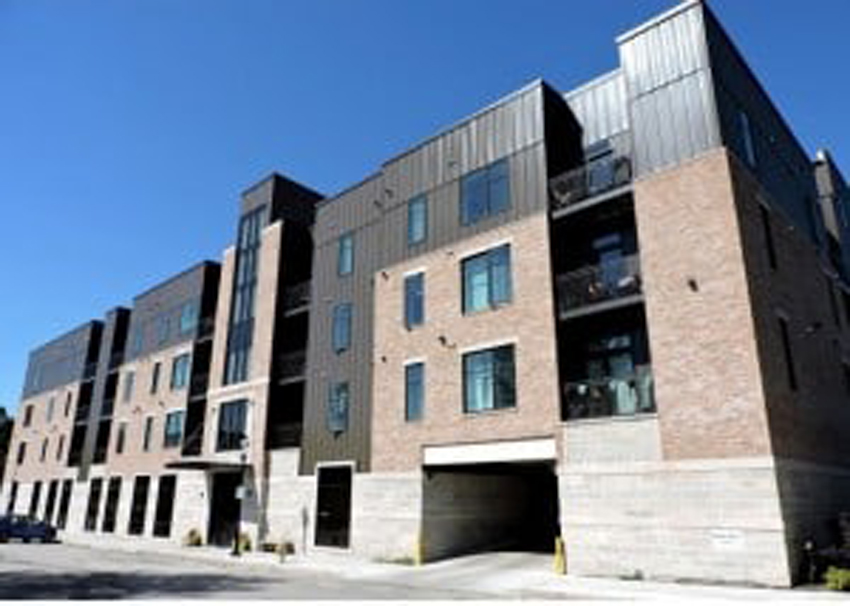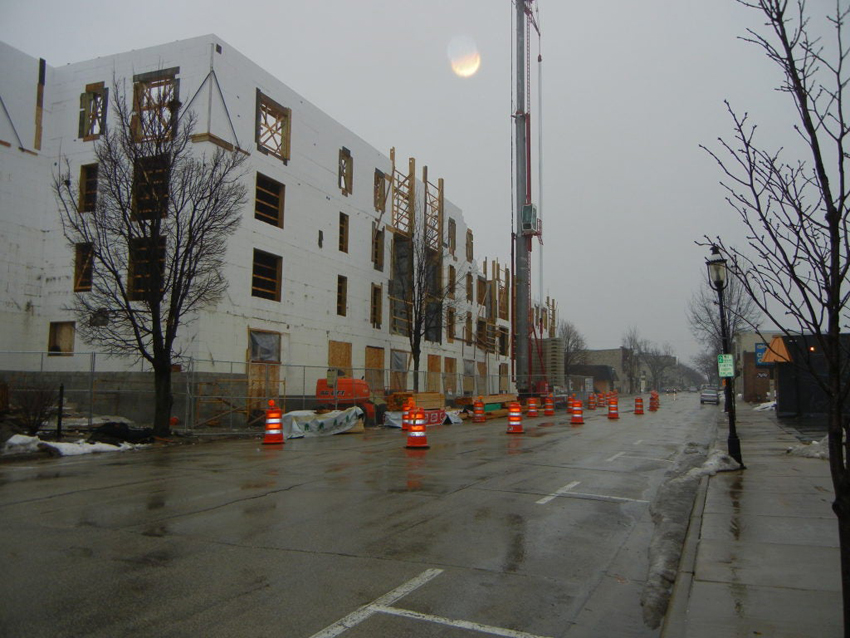Making the Business Case for Building with Insulated Concrete Forms: Energy, Safety, and Savings
First-Cost Comparison
Senior Living Facility: ICFs versus Wood Frame
ICFs can easily be compared to wood-frame construction to assess long-term cost savings. One example is a senior living facility in Oconomowoc, Wisconsin:
- Total size of wood-frame construction = 176,444 square feet
- Cost of wood framing including the exterior insulation = $4.32 million or $24.48 per square foot
- The codes have stepped up to increase insulation requirements on the exterior of multifamily buildings, which also drives up the costs.
- Cost of wood framing minus the exterior walls = $3.4 million or $19.27 per square foot
- This is the same project without exterior walls. Wood is only used on the interior (for example, trusses, floor joists, interior walls).
- Cost of ICF exterior walls = $950,000 or $5.38 per square foot
- Total for wood frame = $4.32 million
- Total for ICFs plus wood frame interior = $4.35 million
Pros of ICFs During Construction
ICFs offer the following benefits for projects like the senior living facility discussed above.
- Ability to pour stair towers and elevators shafts concurrent with structure, also making both more soundproof. For example, a mason does not have to come in to run a CMU shaft prior to the walls going up.
- Eliminate exterior vapor barrier.
- Continuous R-22 or greater continuous insulation with the added bonus of concrete thermal mass.
- Can pour in winter conditions (down to 15 degrees Fahrenheit because both sides of the wall are insulated; the contractor simply insulates the top of the wall).
- Structural integrity of the wall allows for numerous possibilities, including hanging balconies, masonry tower, or trash chute tie-offs, skip hoist tie-offs, etc.
- Improves sound transfer through the exterior wall.
The best long-term savings occur in climates where the average daytime temperature goes above and below the interior temperature. The concrete will act as a thermal mass, eliminating the need for heating or cooling spaces in those conditions. In a cold environment like Wisconsin, there are many benefits to using ICFs.
Cost Comparison: ICFs/Steel Stud versus Wood
ICFs can also be compared to wood/steel stud construction. The example below discusses a 60-unit structure in Sarasota, Florida, with 71,769 total square footage.
- Total for wood frame = $24 per square foot, $1,722,456
- ncludes Florida hurricane bracing requirements and treating the studs for termites, both of which increase the price.
- All concrete/steel stud:
- ICFs = $920,000
- Precast concrete with stairs and topping = $680,000
- Steel stud interior walls = $175,000
- Total for ICFs/steel stud = $1,775,000
Pros of ICFs in Florida
As the Mexico Beach home in the introduction illustrated, using ICFs in Florida provides the following benefits:
- Disaster resistance
- Mold resistance
- Termite protection
- Energy efficiency
Overall, ICFs provide long-term value for occupants and owners. They are cost competitive with wood per square foot. However, the thermal properties and durability of ICFs often outperform wood for greater life-cycle savings.












